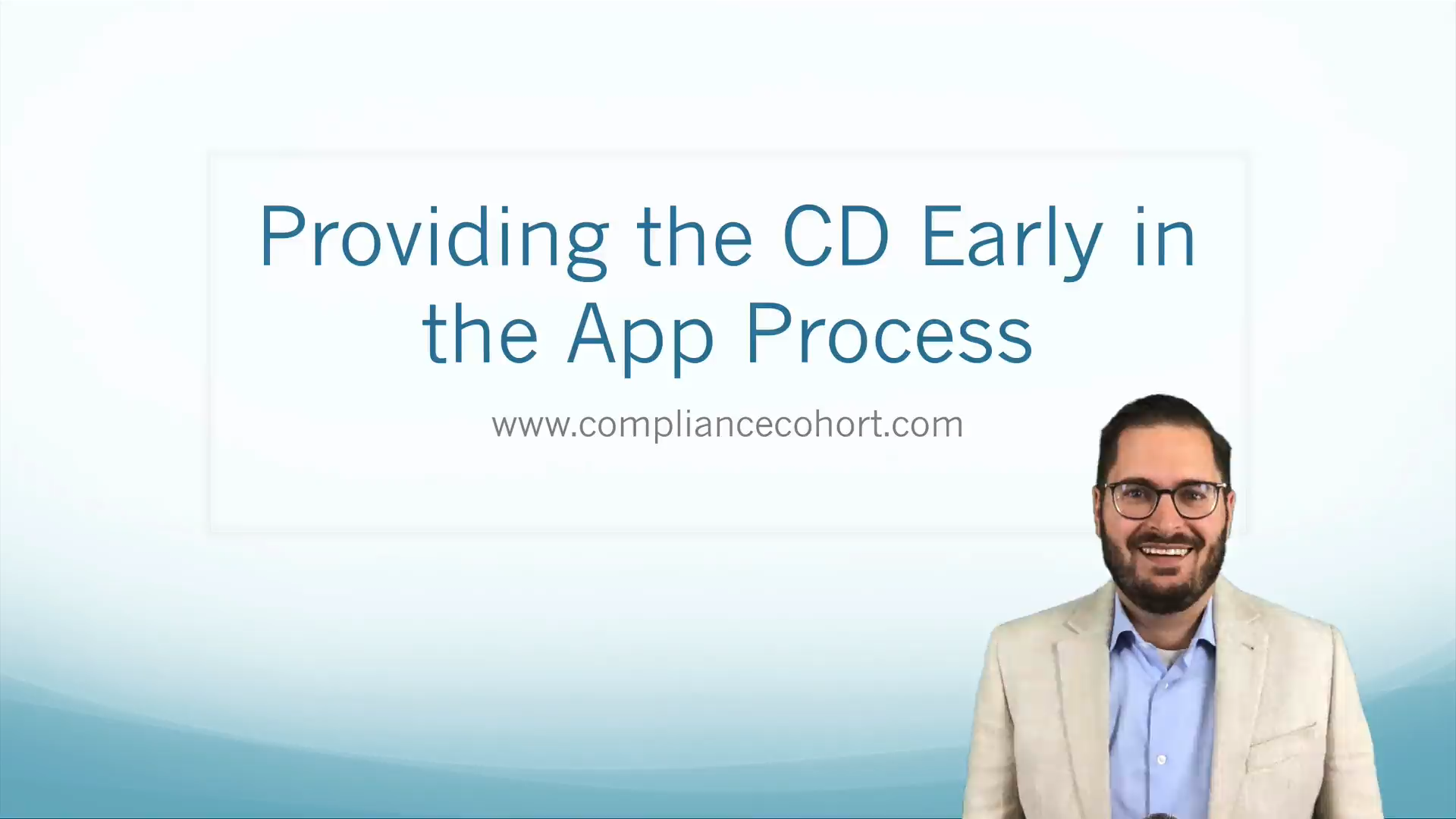On 8/18/2020, the CFPB issued a proposal to create a new category of seasoned qualified mortgages, referenced as “Seasoned QMs.” According to the CFPB’s release, loans could qualify as Seasoned QMs if they are “first-lien, fixed-rate covered transactions that have met certain performance requirements over a 36-month seasoning period.”
Welcome to the Compliance Cohort. We are a group of compliance professionals working to make compliance easier. Our goal is to take complex compliance concepts and put them in simple terms that apply to the real world. We are glad you have found us and look forward to collaborating in the future.
If you haven't done so already, make sure you sign up for our free membership where you get access to many member-only videos, articles, and other resources.


